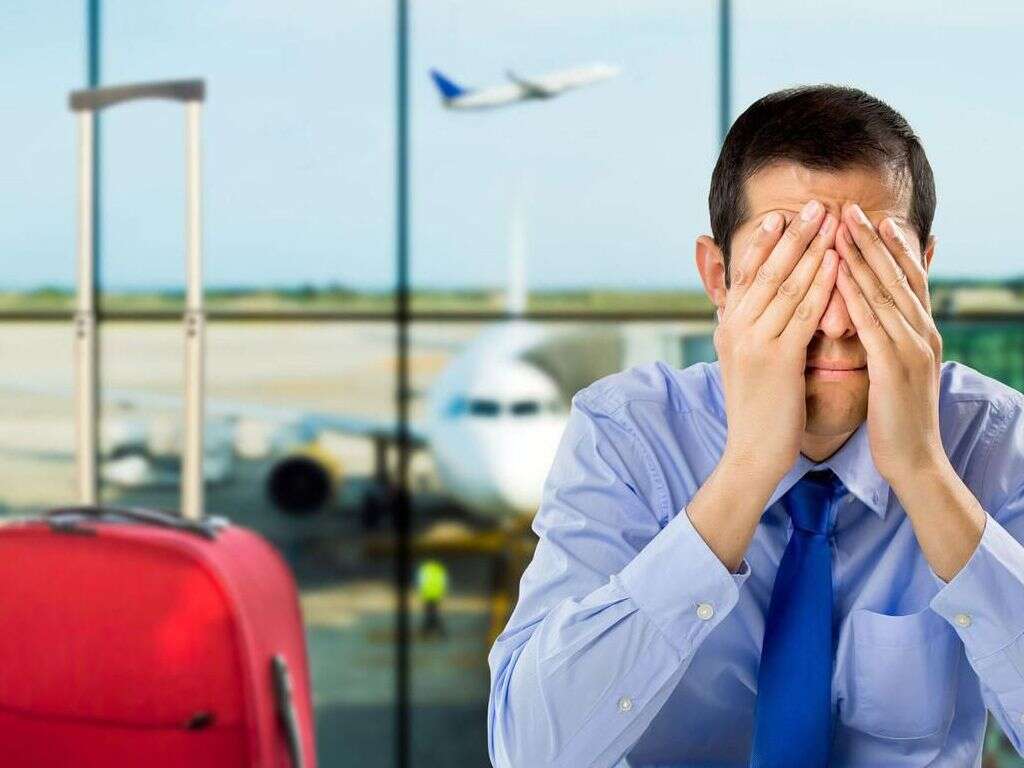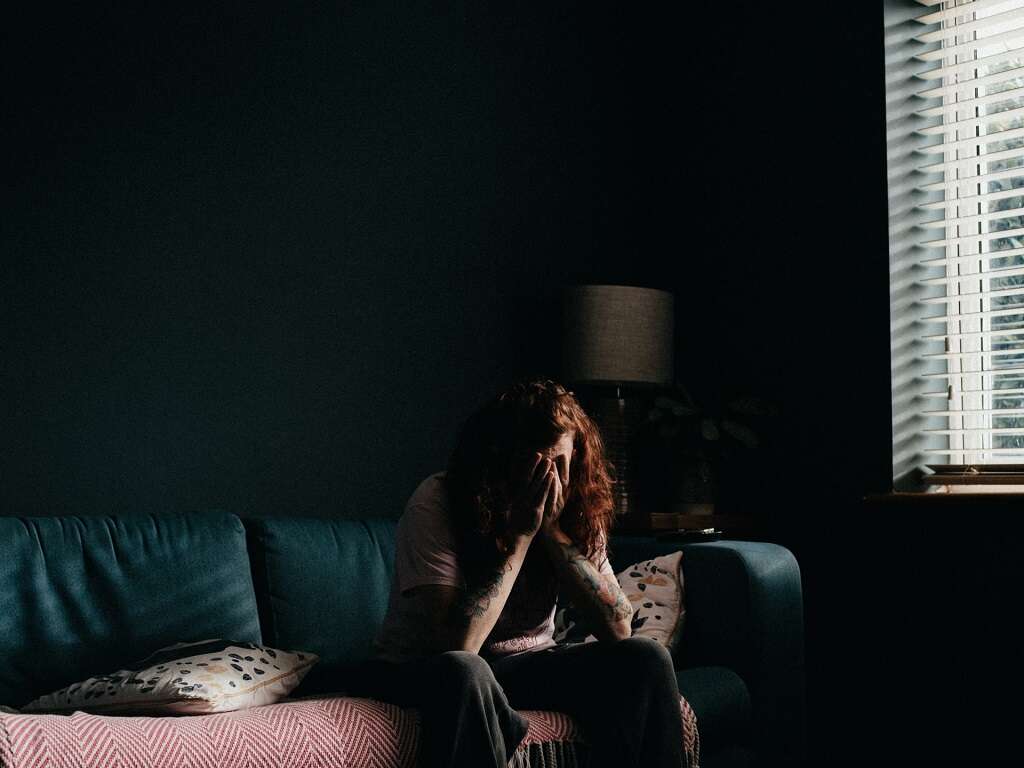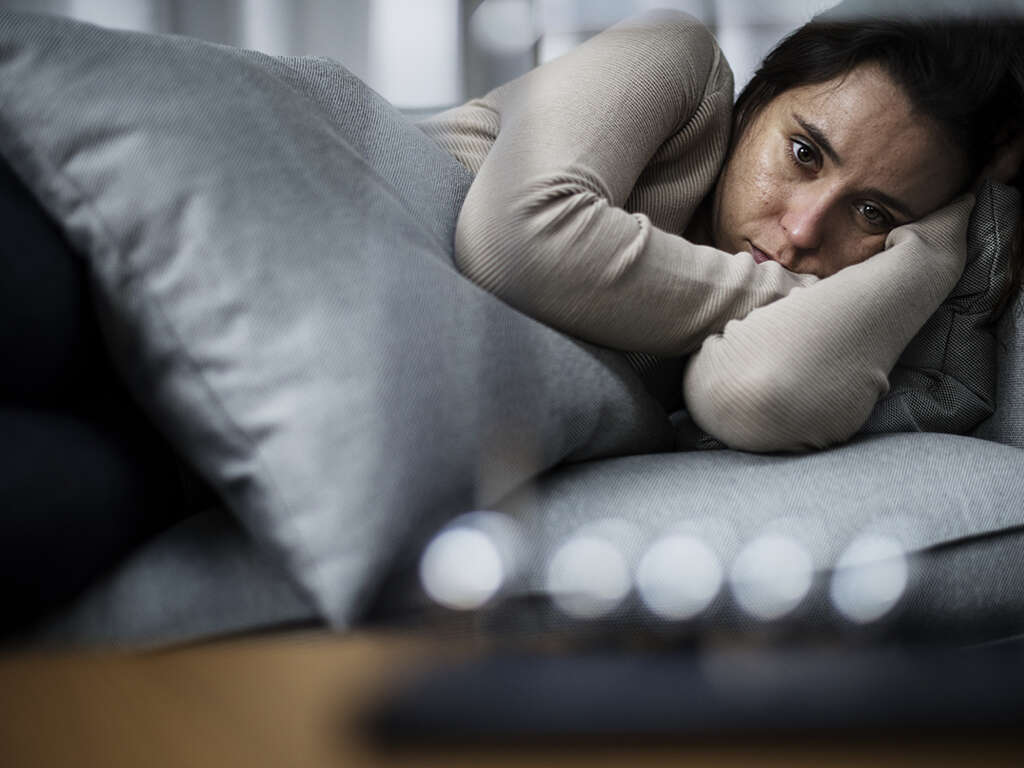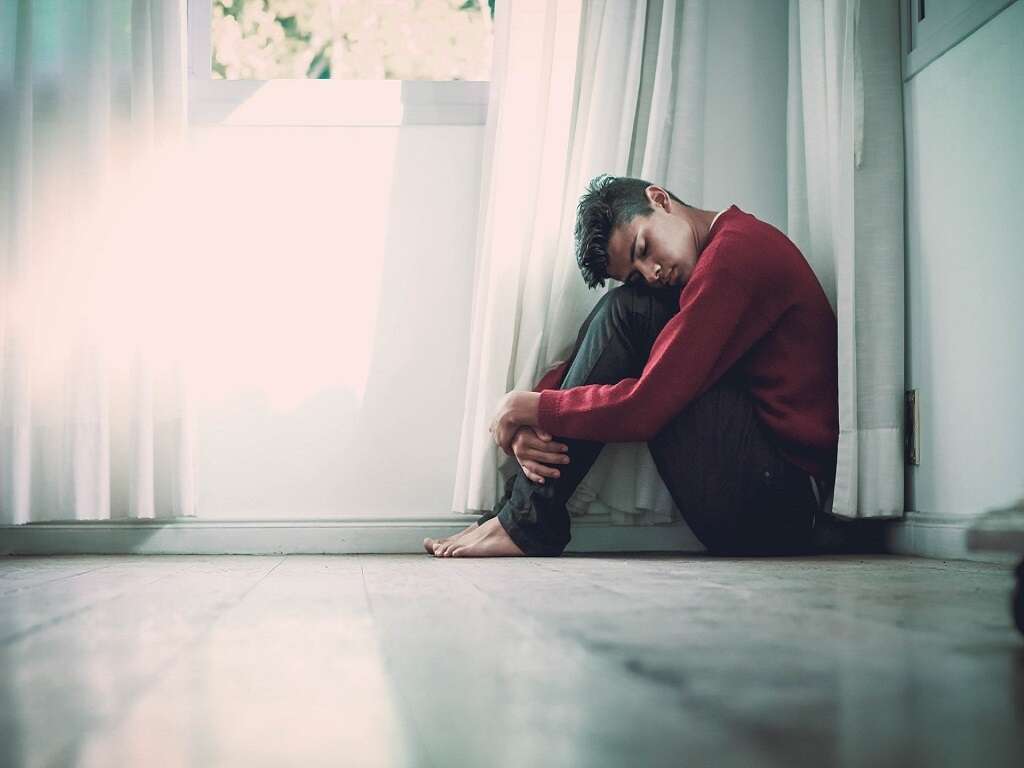10 Common Fears & Phobias
Having a persistent, intense and long-lasting fear of something is called a phobia. This is an anxiety disorder that affects an average of 12.5% of adults and 19.3% of adolescents, according to the National Institute for Mental Health. In some people, fears and phobias cause only mild impairment. However, for others, a phobia can cause serious impairments that result in avoidance and severe anxiety.
Some of the causes of phobias include genetics, a horrible personal experience, or culture. Most people who have a phobia do everything possible to avoid the situation or object. If this is unavoidable, the phobia can lead to extreme anxiety and even physical symptoms. If a phobia interferes with life, there are various treatment options to help deal with the fear.
1. Social Phobia
Social phobia is also known as social anxiety disorder. This is a fear of being in social situations with people, familiar or otherwise. People who have this phobia typically are very shy and get embarrassed easily in groups. They are self-conscious among other people and often experience a lot of anxiety. Common symptoms include blushing, trembling, difficulty speaking, dizziness and nausea. This phobia prevents many from leaving the house for fear of being judged, humiliated or rejected.
This phobia affects around 7% of Americans, and it often starts at a young age. Causes may include chemical imbalances, genetics or negative experiences, such as family conflict, bullying or sexual abuse. Social phobia affects work and school attendance as well as in everyday life. The main treatment is psychotherapy, also known as talk therapy, although medication is sometimes prescribed for the anxiety.
2. Ophidiophobia (Fear of Snakes)
Fear of snakes is the most commonly reported phobia, with around 33% of the population admitting abnormal fear. People with ophidiophobia are not only afraid of live snakes, but they also avoid looking at snakes in books or on screen. Some are even afraid of snake-like forms. Even the thought of snakes can cause physical symptoms, such as dizziness, sweating of the extremities, fast heart rate, nausea, shortness of breath and trembling. These symptoms intensify when in physical proximity to a snake.
Causes of this phobia include media portrayal, previous negative experiences or learned behaviors. One treatment method is exposure therapy or systemic desensitization, in which a person is exposed to snakes in a nonthreatening environment. Other treatments include cognitive behavioral therapy, in which thoughts of snakes are reframed, and medication to help ease anxiety.

3. Acrophobia (Fear of Heights)
Another common phobia, acrophobia, is an extreme fear of heights. Many people may be nervous or even a little dizzy when up high, but these symptoms are normal and do not describe a phobia. People who have acrophobia are often afraid of any height, including stools or small stepladders, and just the thought of heights can cause intense anxiety and panic. Common symptoms include trembling, chest pain, sweating and feeling lightheaded.
Causes may include a previous fall or panic attack while in a high location, such as on a ladder or looking out a window of a skyscraper. If this phobia is preventing someone from living life, some possible treatments are cognitive behavioral therapy, virtual reality, exposure therapy, and sedatives or anti-anxiety meds for symptoms.
4. Aerophobia (Fear of Flying)
Although many people have a fear of flying, those who have a persistent and intense fear have what is called aerophobia. People with this phobia may experience anticipatory anxiety, in which the fear begins to crop up long before the flight is scheduled, or only experience symptoms upon boarding the plane. Common symptoms include shaking, sweating, flushed skin, irritability, nausea and digestive issues.
Aerophobia affects around 6% of the population, and this sometimes results in people avoiding flying for any reason, which can affect work and family life. Common causes include experiencing or witnessing a plane crash, parental influence or circumstances related to life events. Common treatment methods include anxiety management techniques, airplane-related education, group or individual therapy, and controlled exposure via flight simulation or actual flight.

5. Claustrophobia (Fear of Closed Spaces)
People who have claustrophobia have anxiety or intense fear when in enclosed spaces. For some, this phobia crops up only while in cramped places, such as while getting an MRI. For others, panic can ensue while in any kind of closed-up and tight areas, such as in a crowded room, elevator, bathroom stall, car wash, tunnel, subway and even in a car with the windows up. Common symptoms of this phobia include dizziness, nausea, sweating, dry mouth, increased heartbeat and shaking. Panic attacks can last for as little as 5 minutes and up to 30 minutes.
Claustrophobia typically develops at a young age, and there are numerous possible causes. These include seeing a parent’s fear of enclosed spaces, experiencing turbulence in a plane or being stuck in a tight space for a period of time. Common treatment methods include exposure therapy, rational emotive behavioral therapy and relaxation techniques.
6. Thanatophobia (Fear of Death)
Thanatophobia refers to the fear of death or fear of the process of dying. While most people do not want to think of their own or a family member’s demise, when someone suffers severe anxiety or panic over it, it is considered a phobia. When presented with the thought of death, a person may experience symptoms such as feelings of dread or panic, rapid heartbeat, uncontrollable reactions, trembling and extreme avoidance.
The fear of death tends to be more common in people who suffer from general anxiety. Other causes may include witnessing the death of a family member or friend or an upbringing in which the fear of death is magnified, such as in a certain religion. Therapy, including cognitive behavioral therapy, is a common way to treat this type of phobia.

7. Fear of Intimacy
While technically not a phobia, the fear of intimacy prevents someone from becoming too close to others. Many people who fear intimacy with another person may want to have a close relationship but are afraid of being vulnerable. Someone with this fear may have difficulty trusting others, low self-esteem, insatiable sexual desire and the inability to express emotion. People who fear intimacy may also have anger episodes, avoid physical contact and live in social isolation.
Intimacy fears may stem from a childhood experience, and they are often part of a defense mechanism to avoid getting hurt. Causes of this fear may include sexual or physical abuse, parental neglect or separation issues. Oftentimes, professional counseling is necessary, especially if the fear stems from previous trauma or is accompanied by symptoms of depression.
8. Germaphobia (Fear of Germs)
Germaphobia refers to the irrational fear of germs, such as bacteria, parasites or viruses. Other names for it include bacillophobia, verminophobia, mysophobia and bacteriophobia. People who have this phobia typically experience emotional and behavioral symptoms. These include intense terror of germs, feeling powerless around germs, avoiding situations that result in exposure to germs and difficulty functioning due to the thought of germs.
Along with shaking and sweating, other physical symptoms include muscle tension, headache, tingling, difficulty relaxing and restlessness. This phobia often leads to obsessive-compulsive disorder. A person with this anxiety may frequently shower, wash hands or wipe down surfaces. Causes may include environmental factors, brain factors or family history. Treatment may include therapy, a support group or lifestyle changes, such as meditation, caffeine reduction and getting enough sleep.

9. Glossophobia (Fear of Public Speaking)
Having a fear of speaking in public is a very common form of anxiety. Most people experience some type of nervousness when confronted with it. However, some people experience pain and a paralyzing fear over the subject. In fact, about 25% of the population report having this fear. Common symptoms include sweating, quivering voice, trembling, dry mouth and shaky knees. People who are naturally anxious tend to experience the most symptoms when faced with public speaking, and they often experience panic, nausea or vomiting.
For people with an intense phobia, psychotherapy may be beneficial to overcome the root cause, such as being mocked as a child. For many others, preparation and experience can help mitigate fears. This includes knowing the material and practicing often. It often helps to begin by speaking to small and supportive groups.
10. Arachnophobia (Fear of Spiders)
Arachnophobia refers to an intense fear of spiders and, like fear of snakes, it is common. It is estimated that almost 20% of men and 50% of women have fears when it comes to spiders. For those with a phobia, anxiety can occur with even the thought of spiders, and avoidance of certain situations is common. As with other phobias, common symptoms include excessive sweating, nausea, dizziness, fast heart rate and rapid breathing. People with arachnophobia will also often be more alert and may check for spiders before going to bed, getting in the shower or sitting outside.
One cause may be cultural, as some parts of the world fear spiders while others do not. Another cause is a negative event that someone experienced in the past. A common treatment method is systemic desensitization to help someone cope with the anxiety and fear.











